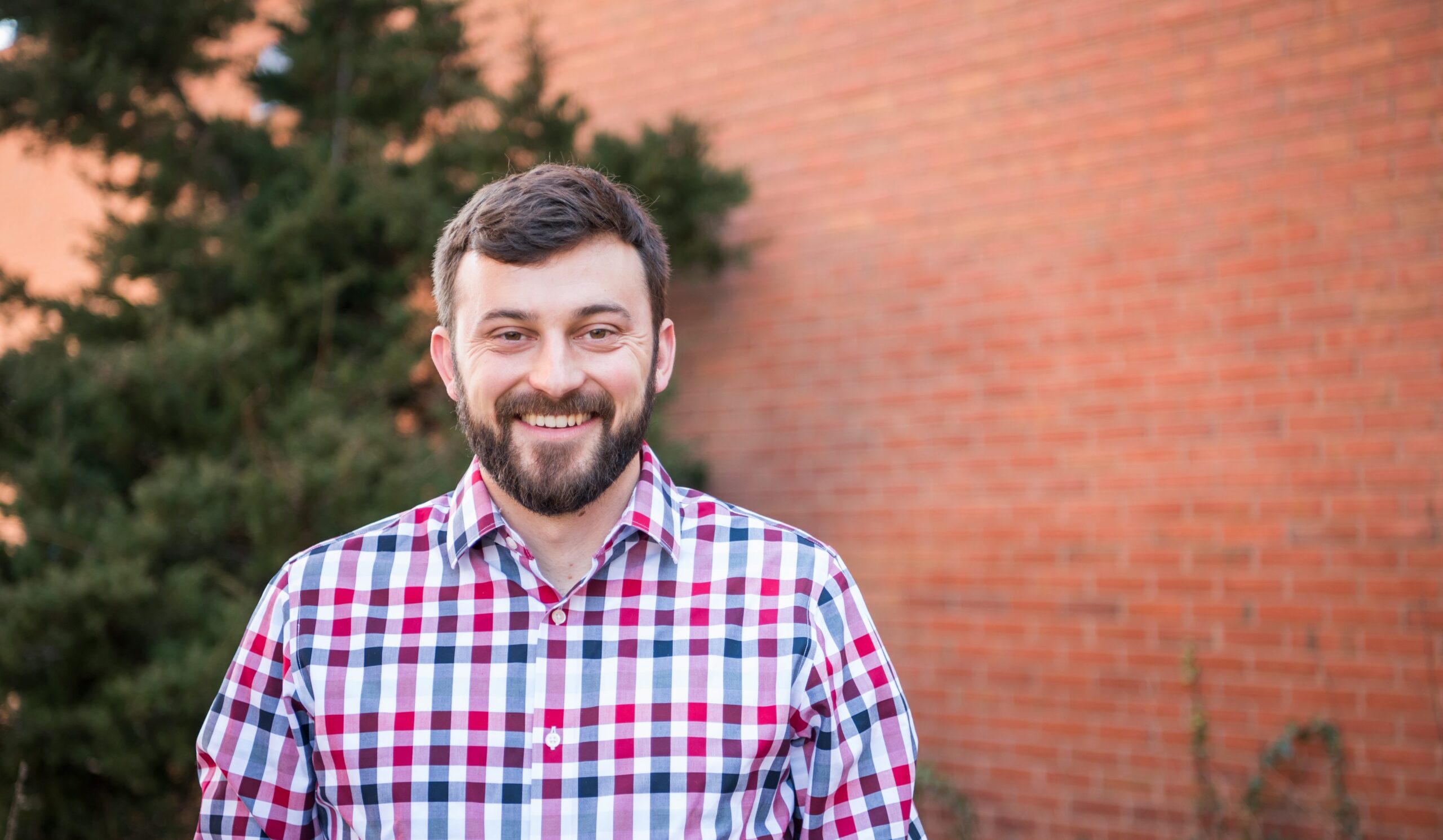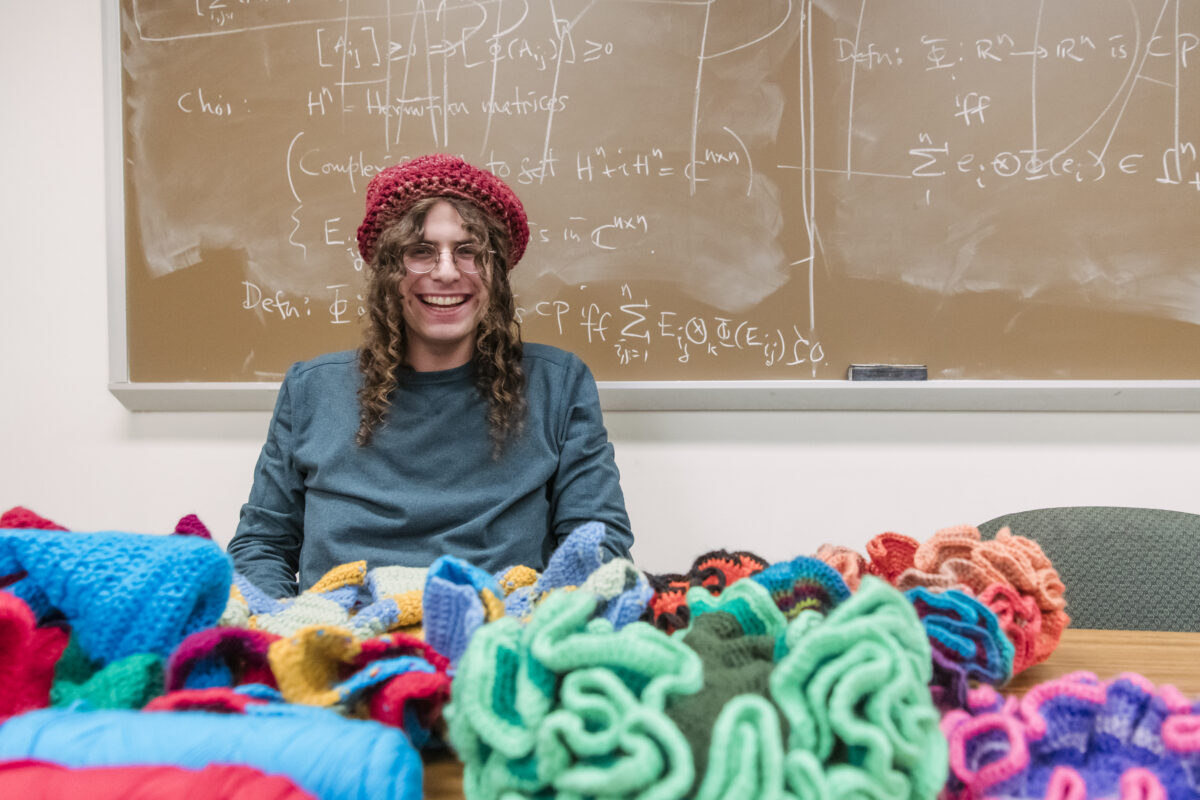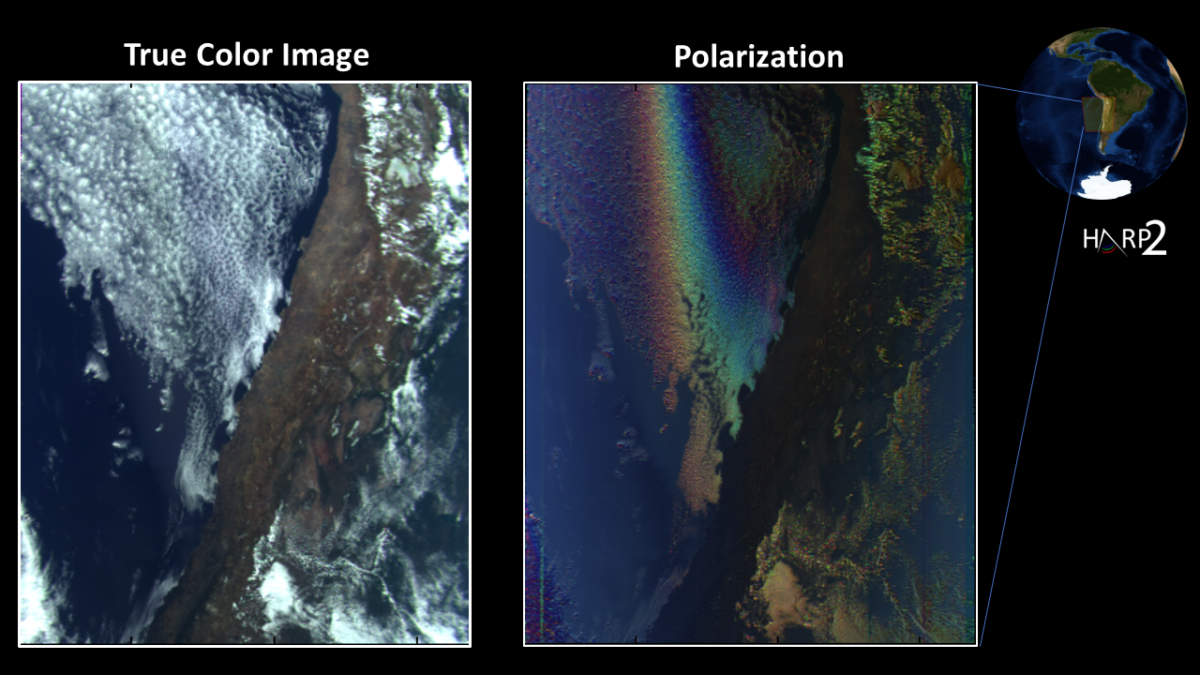When Justin Webster sees a flag rippling in the breeze, he thinks about equations. Webster, assistant professor of mathematics, studies “flutter”—a physical phenomenon caused by interactions between a fluid, such as air or water, and a flexible structure, such as a flag, a sail, or even an airplane wing. A small group of engineers and mathematicians has been working for years on how to extract usable energy from fluttering objects as an alternative means of energy production. Now, they have a chance to take flutter technology to the next level.
“There’s no such thing as free energy, but there are lots of situations where there’s ambient energy available,” like a flapping flag, Webster says. “You just have to find an efficient mechanism for turning it into meaningful, useful energy.”
Currently, prototypes exist for doing just that. You start with a narrow flap of material 50 to 100 cm long and coated with piezoelastic material, which can convert mechanical energy (like flapping) into electrical energy. Next, you attach the flap to a pole in a field that tends to get a lot of wind, and voilá, you can generate electric current. If you can efficiently store that energy, you could potentially help power homes and businesses in remote locales, such as the desert or mountains, which also tend to be windy, Webster says.

Moving the needle
In their current form, these devices are far from optimal. Part of the challenge is that “the mathematical models that we currently have don’t make predictions that are consistent with what engineers see during experiments,” Webster explains.
Without accurate predictions, it can take many experimental attempts to make progress—and the experiments are often difficult and costly to carry out. With a more accurate model, not only would progress be faster, but more research groups might take up this work.
A new grant from the National Science Foundation will help Webster, Jason Howell at Carnegie Mellon University, and Earl Dowell at Duke University move their field closer to making efficient, fluttering energy-harvesters a reality.
Webster is an applied mathematician, Howell is a computational mathematician, and Dowell is an engineer and one of the world’s leading experts on flutter. Over the next three years, they will work together to refine existing mathematical models of “flag” flutter and produce new models that more accurately reflect what engineers like Dowell actually see in their experiments.
Their new model will need to include elements such as wind speed, how many times an object flaps per second, and how much energy is stored in an hour. Each element must be represented in the model by its own equation, and all those individual equations must somehow be connected to each other mathematically. To succeed, it will take analytical acuity plus a degree of finesse.
Webster’s goal is a more accurate model that will help engineers ask and answer questions about the materials used to collect energy from flutter. What is the best size and shape for the flaps? What should they be made of? How should the piezoelastic material be arranged on the flap to optimally capture the energy? “All of these are open—and very difficult—questions,” he says.

Problem-solving from every angle
It’s actually fairly unusual for applied mathematicians and engineers to work directly together in this way. Webster explains, “We’re often working on the same problems, but typically from different angles.”
The opportunity to move the renewable energy field forward through collaboration is what drew him to this project. By learning each others’ languages and debating approaches to tackling such a complex problem, he’s confident their research will achieve more than would be possible for a math or engineering team alone. “There’s a myriad of interesting and challenging problems here, as we’re learning from each other every day,” says Webster of his collaboration.
The team will also benefit from the fresh perspectives of student researchers. “I’m excited that the students in my project, as well as other projects in the department recently funded by NSF, can get involved in some really interesting and difficult mathematics,” Webster shares.
So, while charging your cell phone with the streamers on your bicycle may be a ways off, Webster, his colleagues, and his students are hoping to get us one step closer.
Banner Image: Justin Webster. All photos by Marlayna Demond ’11 for UMBC.




